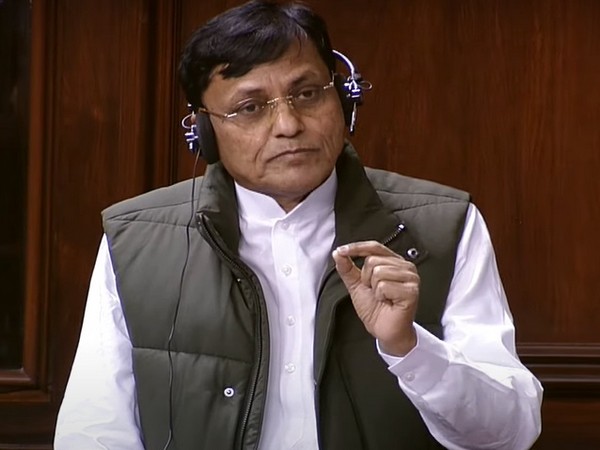The ONS said the UK population was now set to increase by 6.6mn people over the 15 years between mid-2021 and mid-2036, a rise of 9.9 per cent, from an estimated 67mn to 73.7mn…reports Asian Lite News
The UK population will reach 70mn by the middle of 2026, faster than previously thought, due to higher levels of net migration, the Office for National Statistics said on Tuesday.
The ONS’s projection of 315,000 for long-run annual net immigration is significantly higher than the assumed long-run level of 245,000 underpinning the latest fiscal and economic forecasts of the Office for Budget Responsibility.
However, it is slightly lower than estimates published by Oxford university’s Migration Observatory in December, which gave a base case of net migration falling to about 350,000 by 2030.
If the OBR adopted the ONS numbers, which it is not obliged to do, this would boost the size of the UK workforce over its five-year forecast horizon, with a corresponding increase in gross domestic product and tax revenues.
Jonathan Portes, a professor at King’s College, London, said this could add about 0.3-0.4 per cent to GDP and tax revenues by the end of the OBR’s forecast, and so could “slightly improve the outlook for growth and the fiscal position” at the Budget statement in March.
The statistics agency released population projections that are for the first time based on the 2021 census. It revised its assumption on the long-term level of net international migration, which it projects to be steady at 315,000 from 2028 onwards. However, it did not update its previous assumption for fertility in the overall population, which has fallen recently.
The ONS said the UK population was now set to increase by 6.6mn people over the 15 years between mid-2021 and mid-2036, a rise of 9.9 per cent, from an estimated 67mn to 73.7mn.
This increase includes 541,000 more births than deaths and net international migration of 6.1mn.
However, the ONS cautioned that the figures were based on current and past trends, as well as “expert advice” on “the likelihood of higher levels of international migration over the long-term”, and should not be taken as a forecast. The agency does not usually factor in the effect of policy changes.
“Our projections . . . are not predictions. If migration comes down, then so will our assumptions for use in future projections,” said James Robards, head of population and household projections at the ONS.
When the ONS last published population projections in early 2022 — shortly after the introduction of post-Brexit curbs on movement between the UK and EU — it thought net immigration would fall in the short term and settle at about 205,000 a year.
Since then, the number of people arriving in the UK has soared, with record inflows of international students, recruits to the NHS and care sector, and refugees from Ukraine and elsewhere pushing net immigration to a record high of 745,000 in 2022.
However, both the Home Office and independent analysts expect inflows to slow sharply over the next few years, partly due to new government measures including a ban on most international students and care workers bringing family members to the UK with them.
On Tuesday, the Home Office set out further details of when these measures would take effect, with rules for care workers set to change in early March.
Higher salary requirements for employees recruited on skilled worker visas will also take effect in March and April. The government will also start phasing in an increase in the minimum income requirement for a UK citizen to marry an overseas partner from April.
Tom Pursglove, the Home Office minister leading the changes, said they would “bring numbers down substantially”.
ALSO READ-China Registers Population Decline For Second Straight Year














